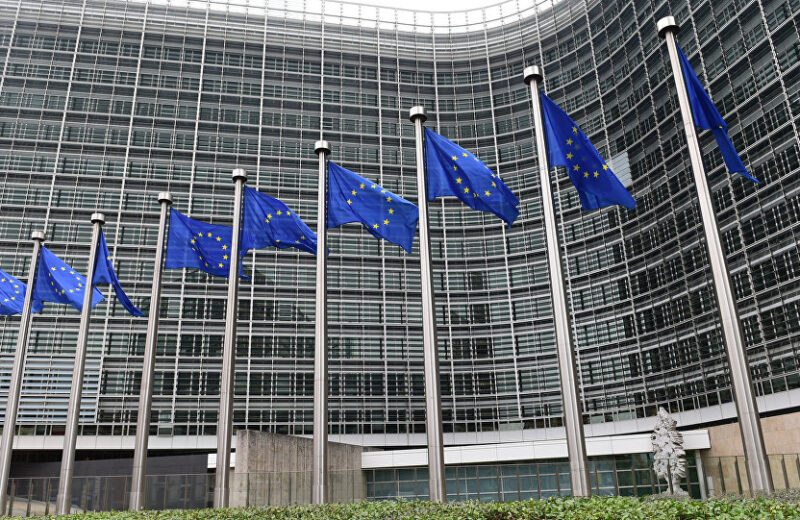1) Is internal traffic still restricted?
Internal traffic is not a restriction anymore. This part was removed as a restriction back in 2016 with the introduction of the new Union Customs Code (UCC). It is, of course, still the responsibility of the operator (the declarant) to secure traffic rights, if relevant, but a violation can no longer create a customs debt. Internal traffic is defined as legs flown within the EU.
2) About the declarant
The declarant (the holder of the TA authorization) must – almost without exception – be established outside the customs territory of the Union.
3) Are the pilots or passengers the real users?
The declarant must be the real user of the aircraft. The ‘real user’ is defined as the entity which has physical control of the aircraft, meaning the entity is piloting the aircraft. The pilots are considered the real users of the aircraft in customs terms (and not the passengers in the cabin), but the declarant must be the company where pilots are employed or the company of which the pilots act on behalf of. This definition is very important in order to determine which EU residents that without any restrictions are allowed on-board.
4) Maintenance, Repair or Overhaul (MRO)
TA can only be used to visit a maintenance workshop if the need for servicing has arisen spontaneously after flying into the customs territory of the Union. Services as Maintenance, Repair or Overhaul (MRO), adjustments, measures to preserve the aircraft or ensuring compliance with the technical requirements for the use under the TA are for instance admissible if the usages do not lead to any permanent change of the aircraft, permanent increase in performance, or considerable added value. Alternatively, the workshop must initiate a customs procedure called Inward Processing as a TA cannot be used to get access to the customs territory of the Union if the purpose is servicing of the aircraft. All international-minded workshops know about this procedure.
These examples are allowed under TA:
– Repair and/or maintenance of the aircraft by replacing the batteries, brakes, oil, wipers, or tires
– Service, guarantee, or courtesy work, like maintenance of the air conditioning system
– Repair and/or maintenance of the aircraft by replacing the turbines
These examples will not work under TA:
– Installation of a Wi-Fi system that was not installed beforehand
– Completely repainting
5) Aerial photos or firefighting
TA cannot be used if the purpose is aerial photos or firefighting, as the purpose of TA is only transporting of either goods or people.
6) Drones
TA can only be used for drones if they are used or intended to be used for transporting goods or people.
What is the conclusion?
The present practice has not changed much, but it is very positive that the EU Commission has explicitly explained all these points and case examples in this document.
How can OPMAS help – including our free service
If the aircraft arrives in Denmark as the first/last stop within the EU, we will gladly take care of the process and ask the Danish customs to stamp the Supporting Document for a minimal fee. We will also be glad to prepare the Supporting Document with the correct declarant and aircraft data so that the crew can use the Supporting Document themselves and ask local customs at the arriving airport to stamp the Supporting Document if the route does not include Denmark. We will not charge anything for this service, but please be aware of the criteria and limitations when using TA and the Supporting Document this way.
We also offer an analysis of the owner/user/operator scenario to secure compliance with the TA regulation and provide guidance for the correct use of the TA. Hereafter, we secure the specific set-up and take care of all the supporting customs paperwork. Finally, we give specific instructions to the crew and OPS on how to fly within the EU.
What must an operator always be ready to document when flying within the EU?
1. The flight pattern within the EU (use the Supporting Document and flight logs OR just flight logs, etc.)
2. Compliance with the TA regulation; all criteria are met with the correct application of the limitations
Important to know
Any aircraft flying into the EU will fly under EU customs control either using the TA regulation or full importation. There are no other options. If the aircraft is not already fully imported, the aircraft will automatically be considered as flying under the TA regulation even though the owner or operator has not themselves taken any action to activate the TA regulation or realized that their aircraft is flying under the TA regulation. The TA can only be used by entities and aircraft owned, operated, registered, and based outside the customs territory of the Union.
This update relates only to the Temporary Admission regulation when flying within the EU. It does not apply to full importation.
Please feel to ask if you have any questions. Contact us









